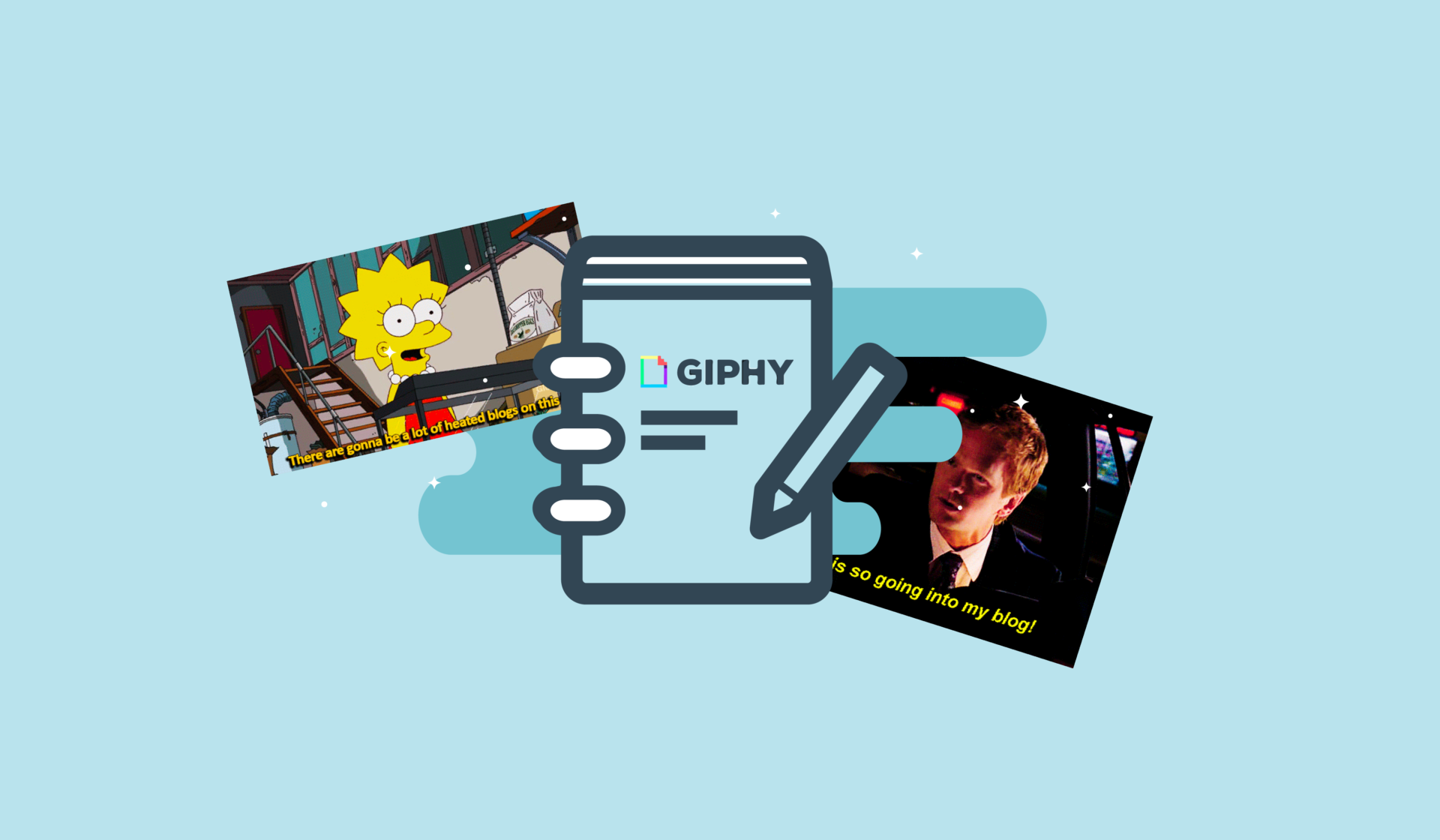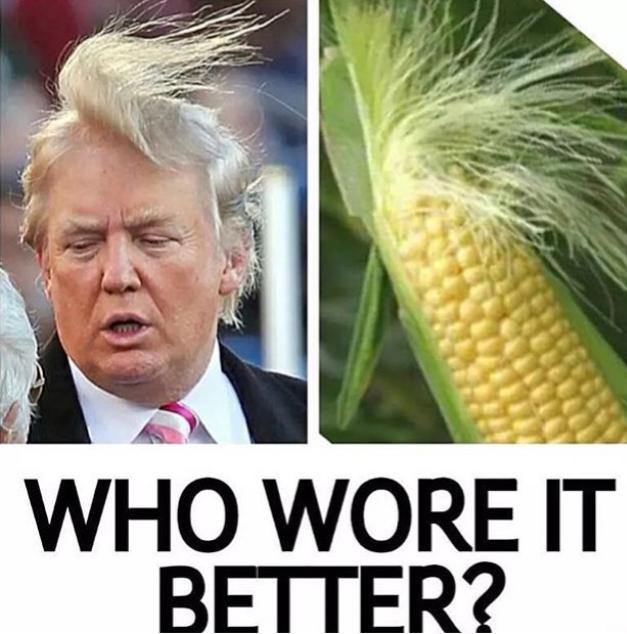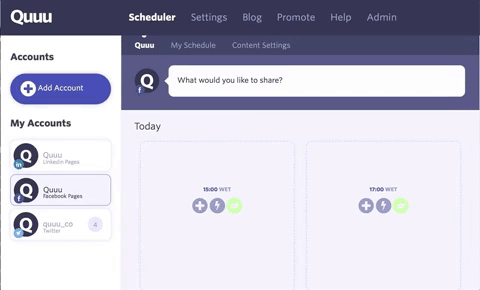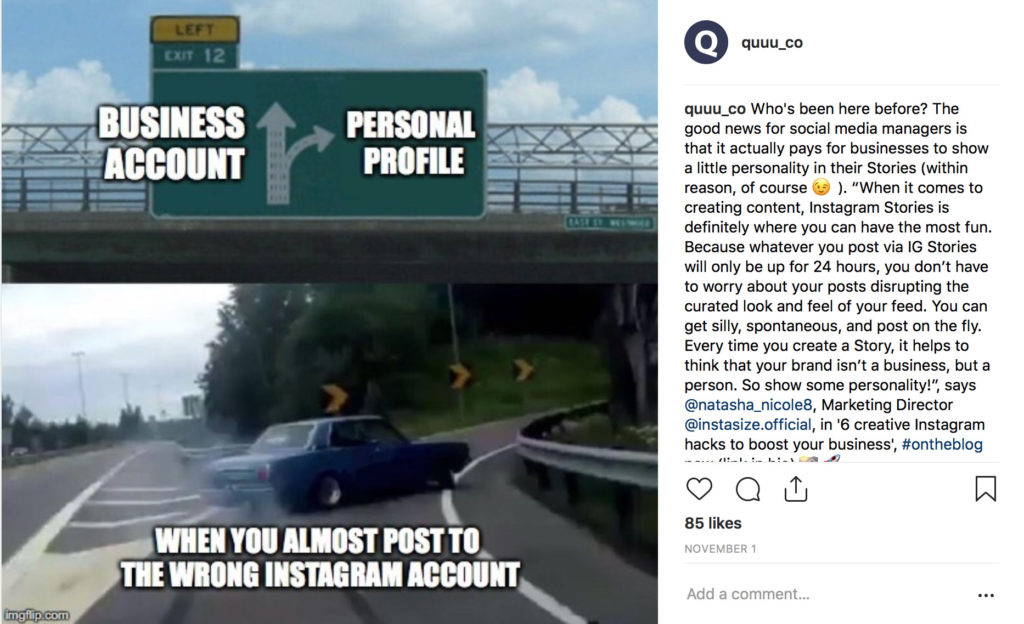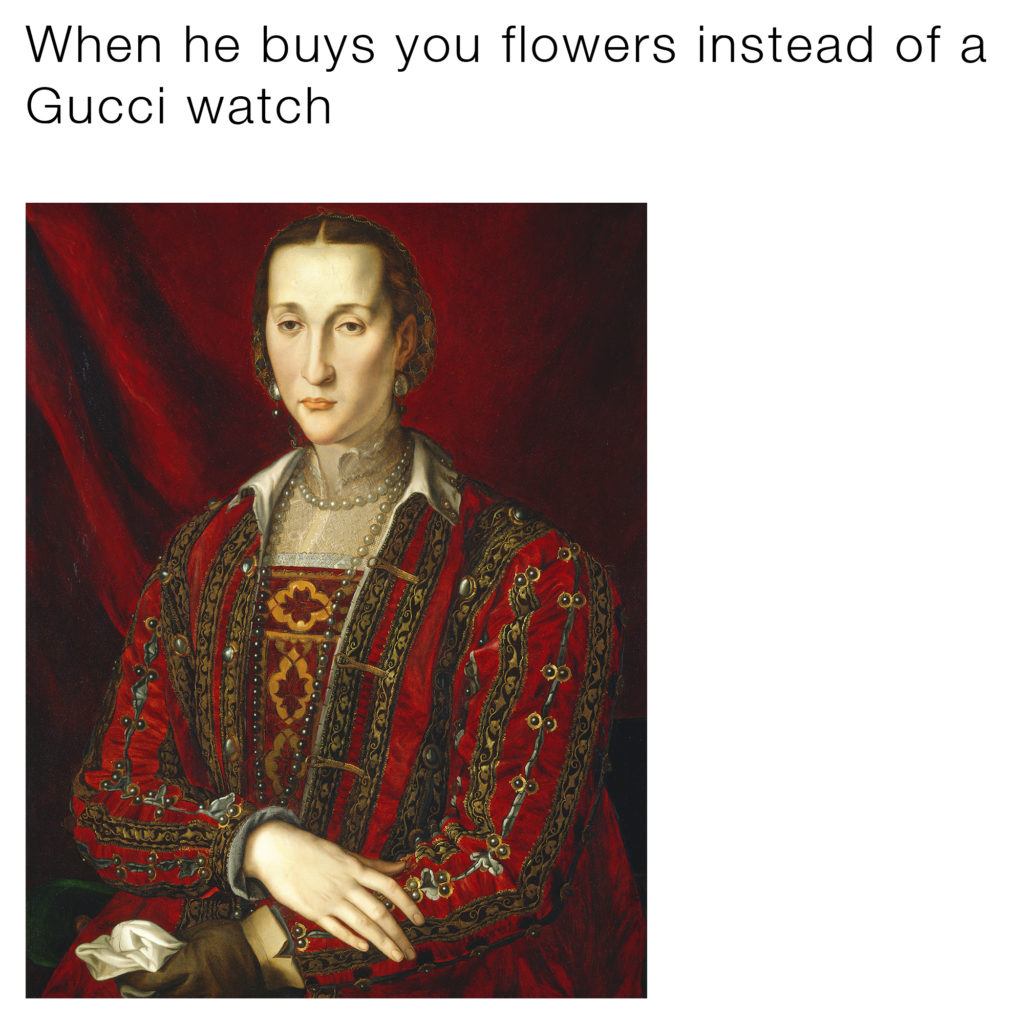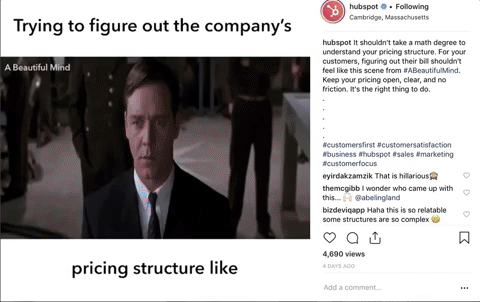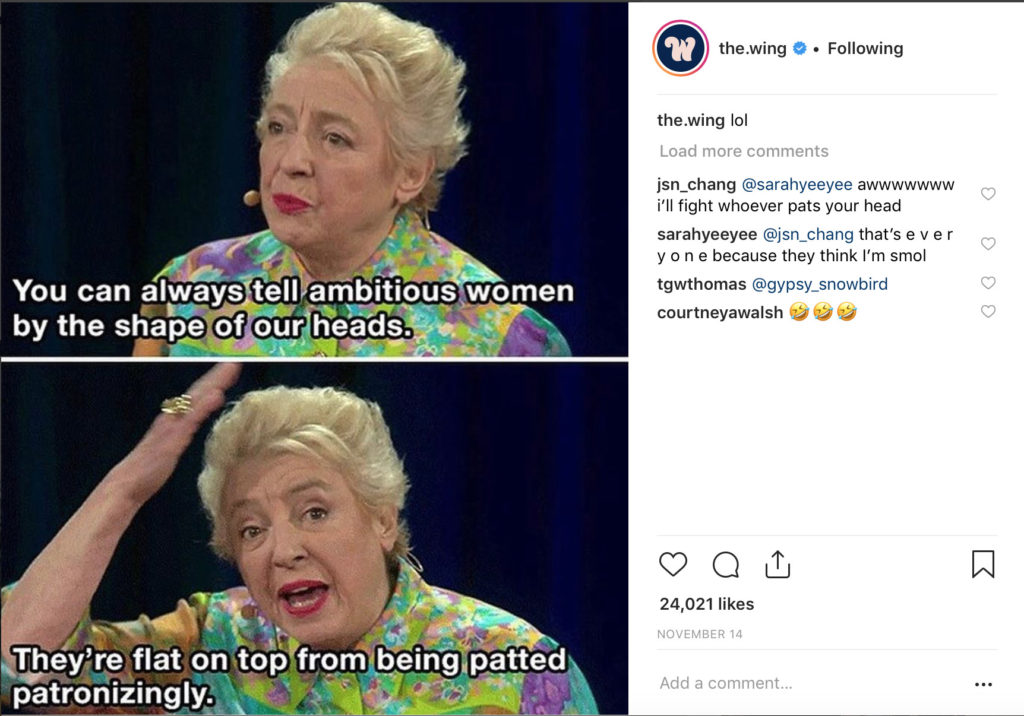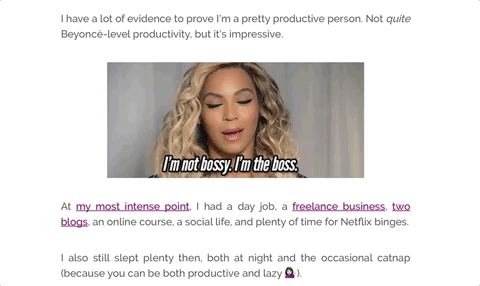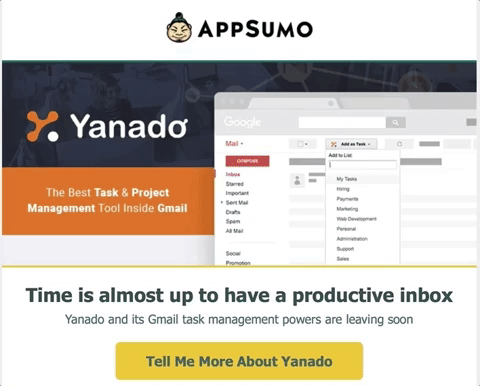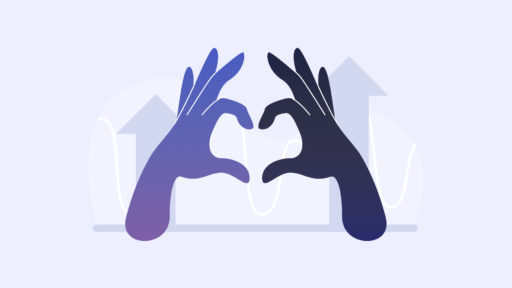It’s been said that meme marketing is the new influencer marketing. According to some reports, brands see a much higher ROI from working with meme accounts than traditional influencers. So, if you’re not using GIFs and memes in marketing, you could be missing a trick.
Chances are you’ve hit the GIF button rather than type out a message on Whatsapp, or lost an evening of your life tagging friends in Gemma Collins reaction memes (definitely not me). Most of us are comfortable using GIFs and memes in our personal lives, but many businesses are tentative about using them in their marketing communications.
If you’re one of those businesses, this guide is for you, covering everything you need to know about using GIFs and memes in marketing. We’ll look at what GIFs and memes are, whether they’re right for your business, how to create them, and, finally, where to use them in your marketing (with plenty of real-life examples).

What came first, the GIF or the meme?
First things first, let’s make sure we can spot our memes from our GIFs because, like oranges and tangerines, or armadillos and pangolins, or champagne and sparkling wine, I’ve noticed that people often confuse the two.
According to the trusty Collins Dictionary, a GIF is ‘a computer file that is used on the internet for sending images, especially moving images.’ And if you’re feeling fancy, you can call the GIF by its full name, ‘Graphic Interchange Format’ (oo-er).
Essentially, a GIF is a looping animation, rather than a static image.
Exhibit A: a GIF

A meme, on the other hand, is harder to pin down, which isn’t surprising, since it loves to frolick around the internet like nobody’s business. The original definition of ‘meme’ is ‘An element of culture or system of behaviour passed from one individual to another by imitation or non-genetic means’. The less nerdy definition you need to know about is ‘An image, video, piece of text, etc., typically humorous in nature, that is copied and spread rapidly by Internet users, often with slight variations’ (source: Oxford Dictionary).
While memes commonly take the form of pop culture image + caption, at their core they are simply an idea, which could be conveyed via a static photo, a GIF, or even just text (e.g. the “Me:..Also me:..” formula).
Exhibit B: Meme
Exhibit C: GIF/Meme lovechild

See, that wasn’t so hard, was it? Now you just have to work out whether you’re pronouncing ‘GIF’ correctly.*
* The inventor of the GIF, Mr Steve Wilhite, says it should be pronounced ‘Jif’, but he’s American and you guys confuse trousers with underwear, so I’m going to continue saying ‘GIF’ with a hard ‘g’.
Should I be using GIFs and memes in my marketing?
Meme culture used to be the domain of bored teenagers sending each other silly jokes from their bedrooms, rather than talking to each other IRL. So why are more and more businesses using memes in their marketing?
Well, partly because those bored teenagers are the future, and brands will do anything to appeal to a millennial audience. But, let’s face it, your gran is saying ‘lol’ now, even if she does think it means ‘lots of love’; it doesn’t take long for internet ‘fads’ to become common parlance.
Think about it: how many times have you responded to a message from a friend with just an emoji? We’ve reached a point in human history where it’s possible to communicate a feeling or idea without typing a single letter. Pretty cool, huh?
However, businesses are still wary about jumping on the bandwagon of this relatively new phenomenon. When we polled our Twitter followers, we found that opinion was divided on whether memes are appropriate for businesses:
How do you feel about businesses using memes in their #marketing?
We'll be discussing this at our #Qchat tomorrow from 6pm GMT ⏰
— Quuu (@quuu_co) November 12, 2018
To establish the benefits of meme marketing, we hosted a Twitter chat on the topic ‘Is meme marketing right for your business?’. Here’s what our participants had to say in favour of the trend:
https://twitter.com/amymurnan/status/1062408320206729219
A1. Meme content is how your audience communicates in certain times and contexts. You should talk to them like they talk, which means dropping a meme when the context is right. #qchat pic.twitter.com/cM8E6ydvy8
— Brittany Berger (@thatbberg) November 13, 2018
My conclusion is this: if you’re targeting a digitally savvy audience (and that doesn’t necessarily mean millennial), you should be using memes and GIFs in your communications. Consider these factors:
-
- Memes have surpassed Jesus on Google trends – that means people are spending more and more of their time online looking at memes. Use this new opportunity to engage with your audience.
-
- Organic reach on social media is in decline, indicating that people are getting sick of blog posts, influencer marketing and other branded content – is it time to try something different?
-
- Following on from this, social media algorithms often penalise content that links to another site. GIFs and memes are made for social media, and are highly shareable.
- People use GIFs and memes to communicate with their friends. Get it right, and using GIFS and memes in your marketing is a fantastic chance to win your audience’s trust and build a relationship with them.
Businesses need to move with the times to stay relevant to their followers. Having said this, you shouldn’t use GIFs and memes in your marketing for the sake of following a trend. Instead, focus on how they can enhance interactions with your audience: they can help people view your brand with the same fondness and familiarity they do their friends, which is why social media is such a powerful tool for businesses.
My only caution is that the typically humorous nature of GIFs and memes means that whether you should use them depends on the nature of the service you provide – if you’re a divorce law firm or a funeral parlour, it’s probably not appropriate.
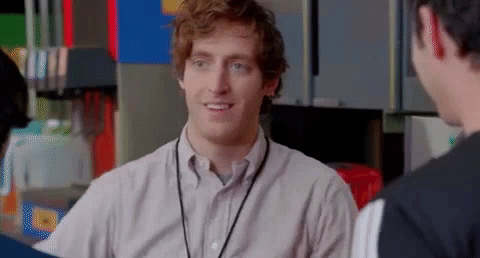
How do I create GIFs and memes?
Once you’ve decided to spice up your marketing with some marvellous memes or jazzy GIFs (admittedly, the American pronunciation does allow for some nice alliteration), you have two options: you can either use existing GIFs and memes, or create your own.
Where to source GIFs
There are lots of different websites where you can find GIFs, but my personal favourite is GIPHY, which has a tonne of integrations with other apps and social networks. You can search for a particular emotion or cultural icon (it’s my firm belief that there’s a DJ Khaled GIF for every occasion), then share it directly to your social profiles, or save it for later.
However, the truth is that searching for GIFs on one website, downloading them to your computer, scouring your endless database of giphy.gif files, then uploading them to your social media scheduler is a right faff.
To make life easier for social media managers everywhere, the Quuu scheduler has a built-in GIF search engine, meaning you can add those graphic interchange whatsits to your social posts without leaving your dashboard. You’re welcome.
Sometimes, though, DJ Khaled and Salt Bae just don’t cut the mustard. Which is where you come in. If you want to add a more personal touch to your marketing, why not create custom GIFs featuring you or your teammates/pets? All you have to do is record a little video and upload it to GIPHY, which will turn it into a looping animation. If you make it public, you’ll then have the (somewhat narcissistic) pleasure of searching for yourself in the GIF finder.
Here’s one our developer, Peter, made earlier:
How to create memes
Next stop, memes. As we learned earlier, by definition memes are ideas passed from one individual to the other, and they usually undergo some kind of modification or evolution on this journey. The virality of a meme really depends on people putting their own spin on the same image or concept.
So if you’re going to use memes in your marketing, I’d recommend creating your own. Here are some good sites for finding viral memes:
Lots of these sites, like imgflip.com, let you choose from popular images and generate captions to create your own memes. Alternatively, you could use tools like Canva or Photoshop.
However, as our Content Manager Ruben pointed out at the meme marketing Qchat, you don’t want your memes to look too ‘polished’:
https://twitter.com/Quuuben/status/1062413770033631233
Memes are the antithesis of the #blessed #nofilter #butreallyiused10filters content we’re used to seeing on highly curated Instagram feeds – and that’s exactly why brands should be using them in their marketing. In a newsfeed that’s saturated with over-edited pictures of sunsets and buddha bowls, a meme strikes a ‘realer’ note that audiences can relate to.
Am I cool enough to be using memes?
The main reason brands are wary of using memes is the fear that they’ll embarrass themselves. You want to appear witty, cool and relevant, rather than giving off cringey uncle vibes. A key thing here is to not be too strategic about it; it has to come off as something you’d naturally share. Here’s some more good advice from our Qchat:
https://twitter.com/propsforgeorgia/status/1062412034300698624
https://twitter.com/amymurnan/status/1062416064267587584
You also need to make sure that your GIFs and memes are on-brand. As Brittany Berger told me when I interviewed her for Conversations with Quuu, “You’ve got to think about which parts of your personality are most important to your brand and maybe what pop culture elements represent them.”
For example, I often pepper my Medium posts with GIFs of absolute queens like Beyoncé, Aaliyah and Bridget Jones. However, at Quuu, a British tech startup, I’d be more likely to use a different brand of pop culture: think Peep Show, Mr Bean or Silicon Valley.
Think about your brand voice and personality, and also pay attention to the kinds of jokes and references your team makes – like Georgia says, they’re a great starting point and testing ground for your memes.
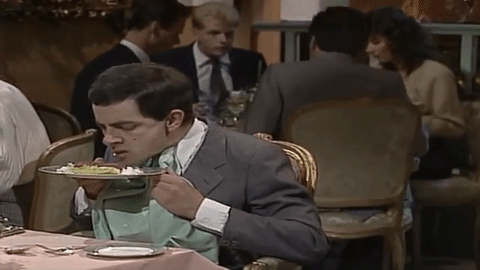
What should my memes be about?
Memes that go viral are those that capture an emotion or articulate an experience that lots of people can relate to. We often talk about knowing your audience and problem-solving in content marketing, and you can apply these same principles to your memes.
When using memes in your marketing, unless you’re a major consumer brand, your aim probably shouldn’t be to go viral. Let’s say you’re a B2B software company offering timesaving tools for social media marketers (ahem), you can afford to go super niche. Think about problems your target customers commonly encounter, and how you can put a funny spin on this.
If I post a gif of a squirrel water skiing and I know my customer is someone who needs Facebook Ad management, I might write: "when my Facebook Ad relevance score is 10" above the water skiing squirrel. I like to combine what I find fun and what my customer is interested in.
— Daniel Wallock (@danielwallock) November 13, 2018
For example, here’s a meme I made for Quuu’s Instagram account, which was one of our top performing posts in the last three months:
The trick is to pay close attention to your customer and how they speak. Good places to look for inspiration for your memes are:
-
- Your customer support chats
-
- Mentions on social media (how are people talking about your brand?)
-
- The comments section of your blog posts
-
- Testimonials and reviews of your product
- Threads in forums like Reddit and Quora
Once you start posting your memes and GIFs, you’ll quickly get a feel for what your audience responds well to.
Where can I use GIFs and memes in my marketing?
At Quuu, we use GIFs and memes on a daily basis – and that’s not just to troll each other in Slack. There are endless opportunities to work them into your marketing, across different channels and at various stages of the funnel. To give you a more concrete idea of how to apply them to your own strategy, here are some of the most popular use cases, with examples of them in action.
Customer support and community management
I’ve included customer support in a blog post about marketing because I believe it’s a really important part of building a credible brand. The customer experience should always be at the heart of the service you provide, whether that’s in the product you create or a conversation on Twitter.
One of the great things about GIFs is that they’re real time-savers when you need to fire out quick, but friendly, responses to your customers. Lots of businesses handle customer support via social media or live chat, and a GIF offers a speedy way to convey a particular sentiment. It also adds a more human touch, since customer support is increasingly automated. Using a funny GIF shows your customers that they’re talking to a real person capable of a nuanced conversation, rather than a robot spewing out preset responses.
The same applies to community management. GIFs are an excellent way to add some personality to interactions with your followers, not to mention the fact that an eye-catching visual will help you stand out in a sea of tweets.
Thanks for sharing! Glad you enjoyed it! pic.twitter.com/wliU1rP10P
— MeetEdgar (@MeetEdgar) November 21, 2018
Top tip: If you’re hosting or participating in a Twitter chat, GIFs allow you to respond to or at least acknowledge tweets super quickly. You don’t want to come across as lazy, though; a GIF can be a fun extra, but your audience will most likely appreciate the thought behind a written message.
Social media marketing
We’ve established that GIFs and memes can create a really clear sense of your brand personality that informs your customers’ perception of you and strengthens your relationship with them. This is why lots of brands have started to use GIFs and memes in top-of-the-funnel content to drive brand awareness and engagement. Executed correctly, a meme campaign has the ability to make your brand a talking point inside and outside of your industry.
A really famous example of this is the #TFWGucci campaign, which promoted the fashion label’s Le Marché des Merveilles watch collection. Gucci commissioned a group of international artists to develop original imagery, which was then passed onto viral meme-makers like @williamcult and @beigecardigan. The resulting campaign took the popular ‘that feeling when’ meme to create clever content about the experience of wearing a Gucci watch.
However, you don’t have to be a luxury fashion house with a team of artists behind you to run a successful meme campaign. In fact, you don’t have to use memes as part of a cohesive campaign – they can be a great source of fun, entertaining content for platforms like Instagram and Twitter, where you need to be posting regularly. This is especially good news for B2B brands, for whom having a continuous stream of visual – and, crucially, not boring – content is a struggle.
Take a leaf out of HubSpot’s book and make something that sounds extremely dull, like SaaS pricing models, into a witty, relatable and helpful post for their target audience.
Female-only coworking space The Wing are also dab hands at using memes to keeping their content fresh and engaging. The Wing’s strategy is prime evidence of how popular the meme marketing trend is becoming. If you know anything about The Wing, you’ll have seen that they have a highly photogenic physical space – in fact, like most hipster hangouts, it was probably designed with Instagram in mind. So why don’t they simply post snaps of their pretty millennial pink interiors every day?
Well, like I said earlier, aspirational needs to be replaced by authenticity if you want to keep up in the social media space. The Wing’s target customers may appreciate some nice decor, but they’re not a superficial audience – these are intelligent, thoughtful women who care about social issues, like feminism.
We’re always hearing that being socially conscious is a hot marketing trend right now, and memes offer the perfect way to tap into complex issues without coming across as preachy.
Hold up! Are your memes offensive?
While we’re on the subject of being socially conscious, it’s very easy to accidentally use offensive content when sharing memes. As Cecilia said at our Twitter chat, a lot of memes “can be quite crass or have questionable meanings”, which could alienate people in your audience and damage your brand’s reputation.
For example, Pepe the Frog, once an innocent cartoon character who found himself the centre of popular, relatable memes, is now considered a hate symbol by the Anti-Defamation League due to racist and anti-Semitic groups co-opting the meme for their own abhorrent agenda.
Just as we see in real life, prejudice is not limited to hate crimes on the internet, but is also present in subtler acts or microaggressions. SaaS consultant Nichole Elizabeth DeMeré recommends reading up on digital blackface and cultural appropriation before using memes in your marketing (and life in general). This article by Teen Vogue is a very helpful starting point.
Do your research, and stop to think about the origins, subject matter and context of your GIFs or memes before posting them.
Blogging
Adding images to your blog posts makes content easier to digest for your reader, and they’ve also been shown to improve SEO rankings.
However, creating graphics or taking your own photos is time-consuming – and let’s face it, stock images are yawn-inducing. GIFs and memes are, quite frankly, lifesavers for busy bloggers who want to break up text with engaging visuals.
Not only do they make your blog posts look a bit prettier (especially if they’re Beyoncé GIFs), but they also contribute to your tone of voice, which is an important differentiator in a world full of wannabe bloggers writing about the same topics as you.
I look forward to reading Brittany Berger’s blog posts because I know that whatever she’s writing about, it will be a fun, memorable experience. Follow Brittany’s lead and your readers will absorb more of what you’re telling them. Most importantly, by showing some personality, you’ll win their trust; most of the time customers aren’t buying your product, they’re buying you.
This is especially valuable if you’re covering a dull subject or operating in a competitive market. Ross Simmonds, Digital Strategist at Foundation, made a point that really stuck with me at the Twitter chat he co-hosted for Quuu:
A2) Lots of brands overlook the fact that the person downloading their White Paper is the same person pinning recipes at lunch time for their Christmas party. #QChat
— Ross Simmonds (@TheCoolestCool) November 27, 2018
I might be writing up a social media analytics report, but I could be listening to Lemonade while I do it. Don’t forget that whatever you’re selling and whoever you’re selling to, the baseline of marketing is a conversation between two human beings. Use common cultural touchpoints, make them laugh, make them feel understood, and you’ve got a much better chance of building a solid, sustainable relationship with your customer.
Top tip: using GIFs and memes in marketing is a bit of a legal grey area, but they’re usually protected under free speech if you’re using copyrighted material for commentary, criticism or parody. It’s a good idea to link to the original source of the content to be on the safe side.
Email marketing
Email remains one of the most effective marketing channels, and it’s another great place to use GIFs and memes. Getting your subscribers to actually open your email in an inbox with 32,639 (again, definitely not me) unread messages is the marketing equivalent of Hunger Games, so once you’ve passed the first hurdle, you want to hold your audience’s attention.
A GIF, in particular, makes your email more visually arresting. Since GIFs have a relatively small file size, they’re ideal for use in emails.
So far, we’ve talked mainly about GIFs in terms of pop culture carriers that repurpose videos of celebrities or scenes from TV shows. Email is the channel where GIFs typically get more custom-made, and lots of brands go all out using animations in their emails. You might have received such emails from retail brands promoting a sale or special offer, for example.
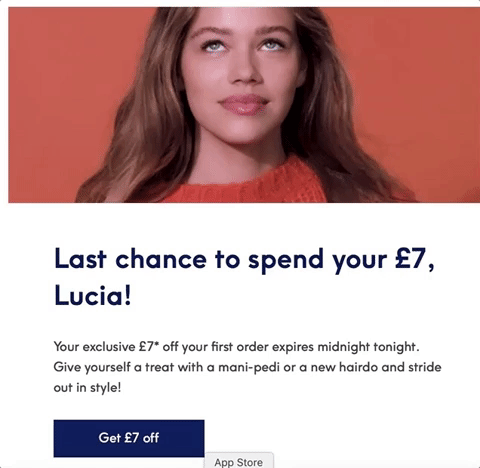
However, rich media like the above requires shooting your own content, design professionals and a big budget. Luckily, there are plenty of options if you don’t have any of these things.
Homemade animations shot from your desktop can do the job just as well. In fact, this became a signature move for Buffer in the early days of their user onboarding, when they would incorporate GIFs featuring their team members into their customer success strategy.
Alternatively, you can make a looping animation from a screencast using tools like GIPHY capture – ideal for software companies showcasing a new product feature.
I’m still a fan of going the old pop culture route and using GIFs to break up text, like I would in a blog post, so I often use a colourful or humorous GIF to add some pizazz to emails.
Top tip: when using GIFs in emails, it’s best to keep them under 125KB to avoid slow loading times.
Conclusion
To wrap things up, GIFs and memes have become a huge part of online communication, meaning they’ve naturally seeped into marketing. Using GIFs and memes in marketing is a great way to strengthen your brand identity and build trust with your audience. Just make sure that what you’re sharing is appropriate for your brand, and double check the origins and implications of your content.
We’ve covered several use cases and examples in this blog post, but I’m sure there are plenty more! I’d love to hear which brands are inspiring you right now, as well as how you’re using GIFs and memes in your marketing.
